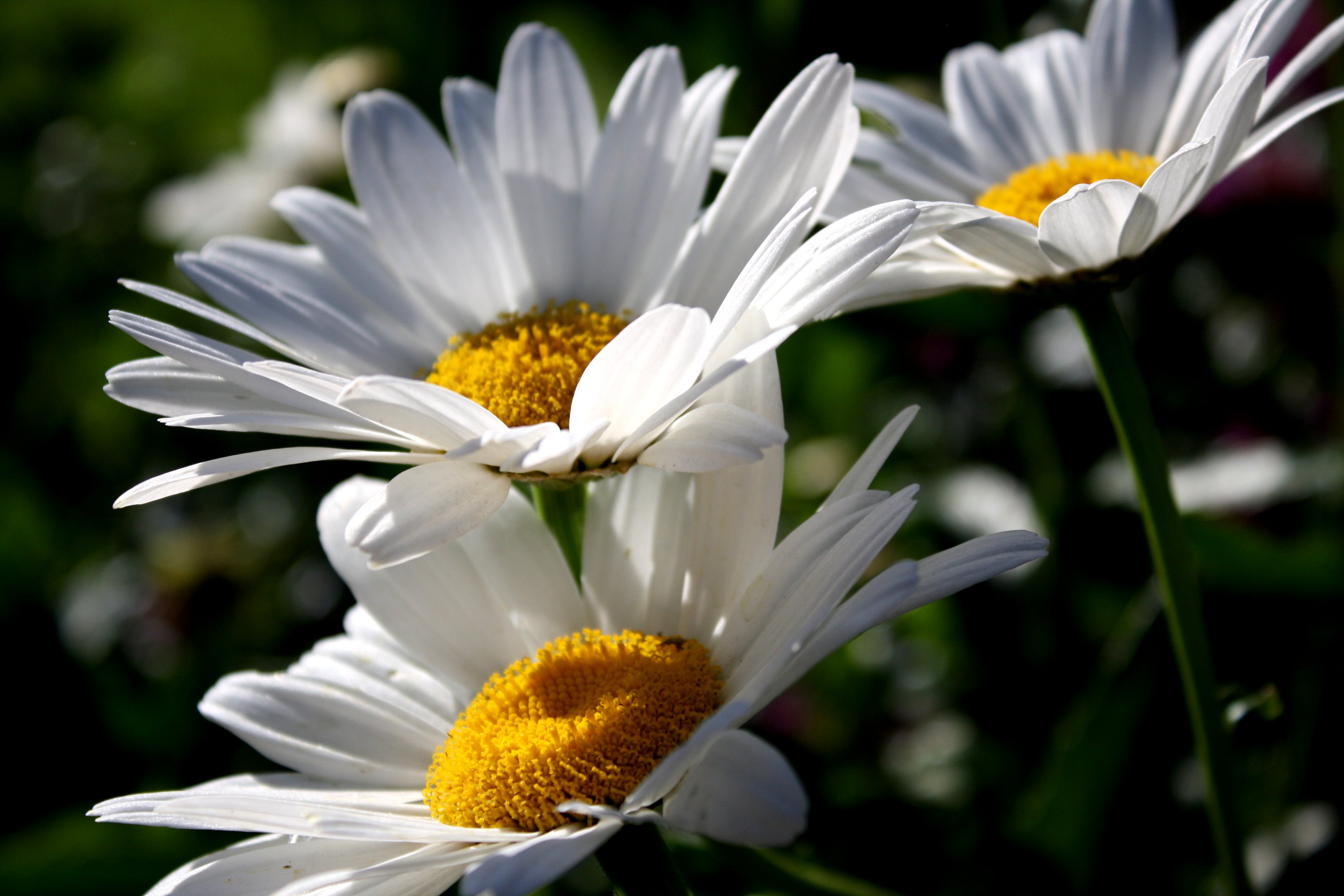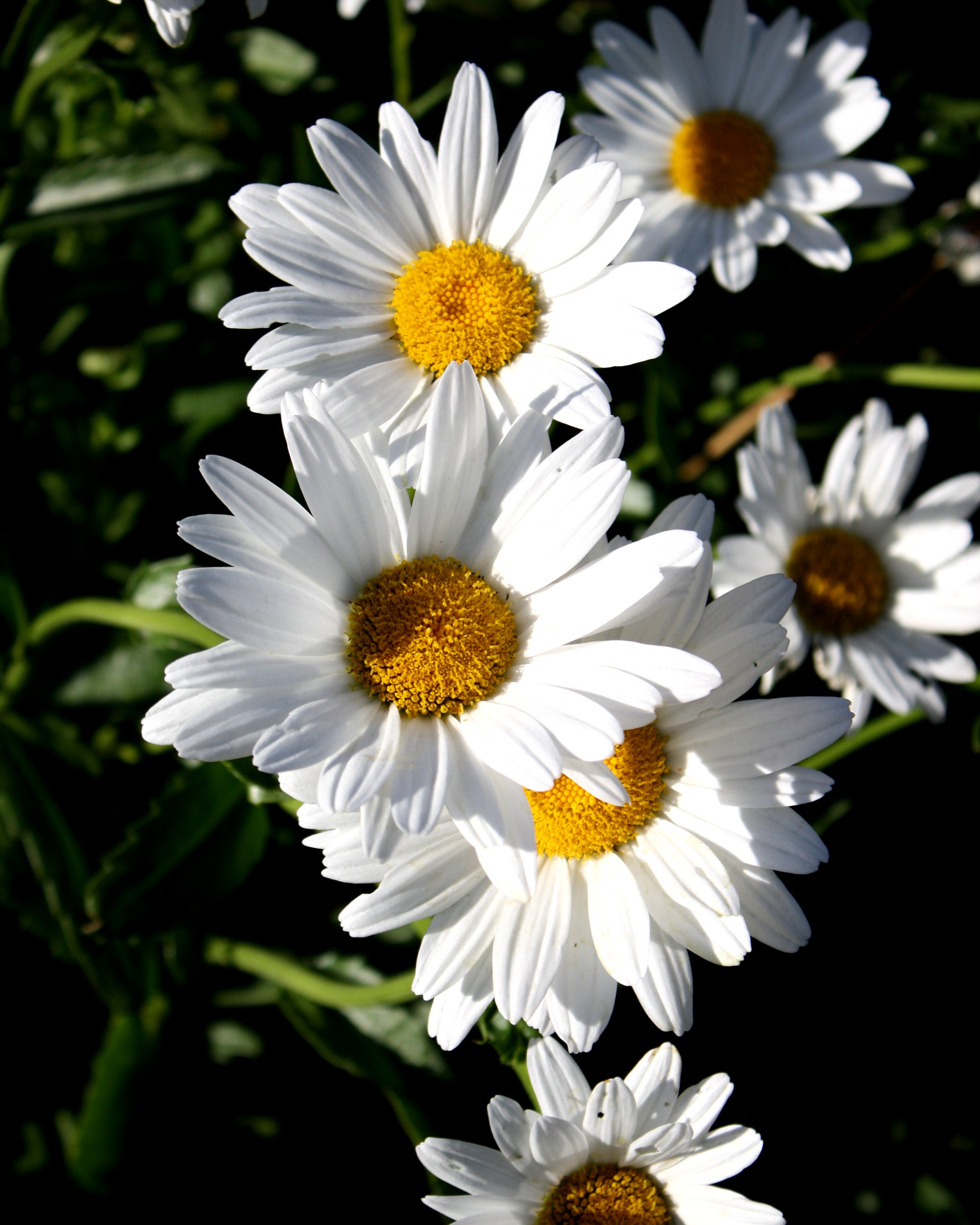It’s hard to imagine anything destructive about daisies, those cheerful little blooms that seem to smile up at the sun. With their classic white petals and golden centers, they're the kind of flower kids draw in school art classes and use to make necklaces in the backyard. But here’s the twist—daisies, as innocent as they seem, can actually cause a bit of a mess in your garden if you’re not careful. Yep, that’s right: daisies destruction is a real thing. Whether it’s their rapid spread, invasive tendencies, or the way they can choke out other plants, these innocent-looking flowers sometimes act more like garden bullies than gentle companions.
So, what exactly do we mean by “daisies destruction”? It’s not about wilting petals or storm damage. It's about how daisies, particularly certain types like the shasta or gerbera, can take over your garden beds, sprout up where they’re not wanted, and even push other plants out of the picture. In some cases, they can become so aggressive that gardeners end up spending more time pulling them out than enjoying them. That’s not to say you should stop planting daisies altogether—far from it—but it does mean being aware of how they grow and how to keep them in check.
Whether you’re a seasoned gardener or just getting started with your backyard blooms, this guide will help you understand the surprising ways daisies can impact your garden space. We’ll walk through the types of daisies most likely to spread, how to manage their growth, and what to do if they’ve already started taking over. So if you’ve ever wondered why your once-neat flowerbed now looks like a wild meadow—or if you’ve heard the phrase “daisies destruction” and wanted to know more—you’re in the right place.
Table of Contents
- What Is “Daisies Destruction”?
- Types of Daisies That Spread Fast
- How Daisies Can Take Over Your Garden
- Signs Your Daisies Are Becoming Invasive
- Ways to Control Daisy Growth
- When to Plant Daisies
- FAQ Section
What Is “Daisies Destruction”?
So, what’s the deal with daisies destruction? Well, it’s not like they’re going around with little flower fists punching your marigolds out of the ground. But in a garden setting, daisies can spread so quickly that they crowd out other plants. This often happens because of their strong root systems or because their seeds are carried far and wide by wind or animals. Once they get a foothold, they can become hard to control.
Some gardeners love daisies because they come back year after year without much fuss. Others, though, find themselves pulling them out constantly. It’s kind of like having a friendly neighbor who keeps borrowing your tools and never returns them—you like them, but sometimes they get a bit too comfortable.
So, is daisies destruction something you need to worry about? It really depends on your garden setup and the types of daisies you’re planting. If you’ve got a wildflower meadow or a large space where things can grow freely, daisies might actually be a good fit. But if you're trying to keep a neat, organized garden with defined beds and specific plants, you might want to keep a close eye on them.
Types of Daisies That Spread Fast
Not all daisies are equal when it comes to spreading. Some are more aggressive than others. Here are a few of the most common types that can quickly dominate your garden:
- Shasta Daisies – These are the classic white-petaled beauties that bloom from late spring through fall. They’re hardy and come back every year, which is great—until they start popping up in places you didn’t plant them.
- Oxeye Daisies – Often considered weeds, these daisies are super tough and can grow in lawns, along roadsides, and even in cracks in sidewalks. Once they take root, they’re tough to get rid of.
- Gerbera Daisies – These come in bright, bold colors and are often grown as annuals. But if you plant them in a warm climate, they can come back the next year and spread a bit more than you expect.
These aren’t the only daisies that can spread, but they’re some of the most common culprits. If you’ve got one of these growing in your garden, you might want to consider how to keep them in check.
How Daisies Can Take Over Your Garden
So, how exactly do daisies end up ruling your flowerbed? There are a few ways they can sneak in and take over:
- Self-Seeding – Many daisies drop their seeds after blooming, which can sprout the next season. If you don’t clean up after them, you might end up with daisies everywhere.
- Aggressive Root Systems – Some daisies have roots that spread out quickly, taking over space that other plants could use.
- Fast Growth Rate – Daisies grow quickly once they start, so they can easily shade out or crowd out slower-growing plants.
It’s like having a roommate who eats all the food, takes over the couch, and never does the dishes. You invited them in with good intentions, but now they’re kind of a handful.
Signs Your Daisies Are Becoming Invasive
If you’re wondering whether your daisies are becoming a bit too much, here are a few signs to look for:
- They’re showing up in areas you didn’t plant them.
- Other plants around them aren’t thriving or seem to be getting crowded out.
- You’re constantly pulling daisies out just to keep your garden looking neat.
If any of these sound familiar, it might be time to take action. Don’t worry—it’s not like you have to evict them completely. Just a little management can keep things in balance.
Ways to Control Daisy Growth
Now that you know the problem, let’s talk about how to fix it. Here are some simple ways to keep daisies from taking over your garden:
- Deadhead Regularly – If you cut off the flowers before they go to seed, you’ll prevent new daisies from popping up next season.
- Divide the Clumps – Every couple of years, dig up the daisy plants and split them into smaller sections. Replant only what you want and toss or give away the rest.
- Use Mulch – Mulching around your daisies can stop seeds from germinating in the soil and spreading further.
- Plant in Containers – If you’re worried about them spreading, consider planting daisies in pots or raised beds where their roots can’t roam freely.
These methods work best when you stay on top of them. It’s easier to keep things under control before the daisies get too cozy in your garden.
When to Plant Daisies
Timing is important when it comes to planting daisies. If you plant them at the right time, you’ll give yourself a better chance of managing their growth before they get out of hand.
- Spring – This is the best time to plant most daisies, especially if you're starting from seeds or young plants.
- Fall – For perennial daisies like shastas, fall planting gives them time to establish roots before winter.
Make sure to check the growing zones and conditions for the specific daisy variety you’re planting. Some need more sun, while others can tolerate a bit of shade. Knowing what your daisies need helps you give them the right space—without letting them take over someone else’s spot.
FAQ Section
Are daisies easy to grow?
Yes, daisies are generally easy to grow, especially varieties like shasta and gerbera. They prefer well-drained soil and a sunny spot in the garden. Just keep in mind that some types can spread quickly, so it’s good to keep an eye on them.
Can daisies be invasive?
Some daisies definitely can be invasive, especially if you're not careful. Oxeye daisies, for instance, are considered weeds in some areas. Shastas and gerberas can spread too, so it’s worth checking how aggressive they are in your region.
How do I stop daisies from spreading too much?
The easiest way is to deadhead them before they go to seed. You can also divide the clumps every couple of years and mulch around the base to prevent seeds from sprouting. If you really want to limit their spread, try planting them in containers or raised beds.
Learn more about how to grow daisies on our site, and link to this page daisies destruction guide for more tips.

/daisy-types-for-gardens-1316051-01-abec54c485ba434587b7786f6a7c5bab.jpg)

